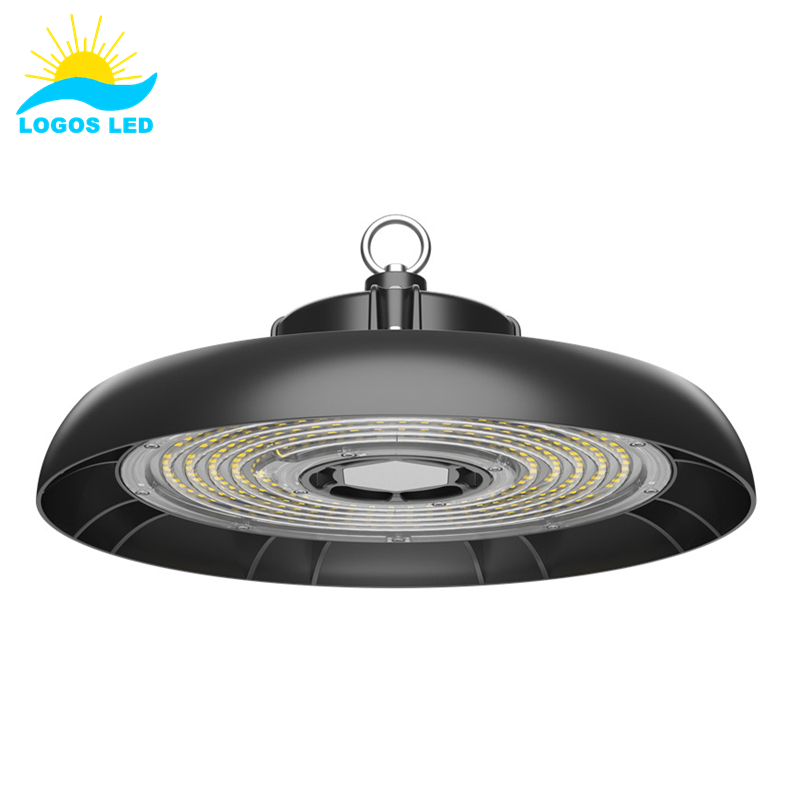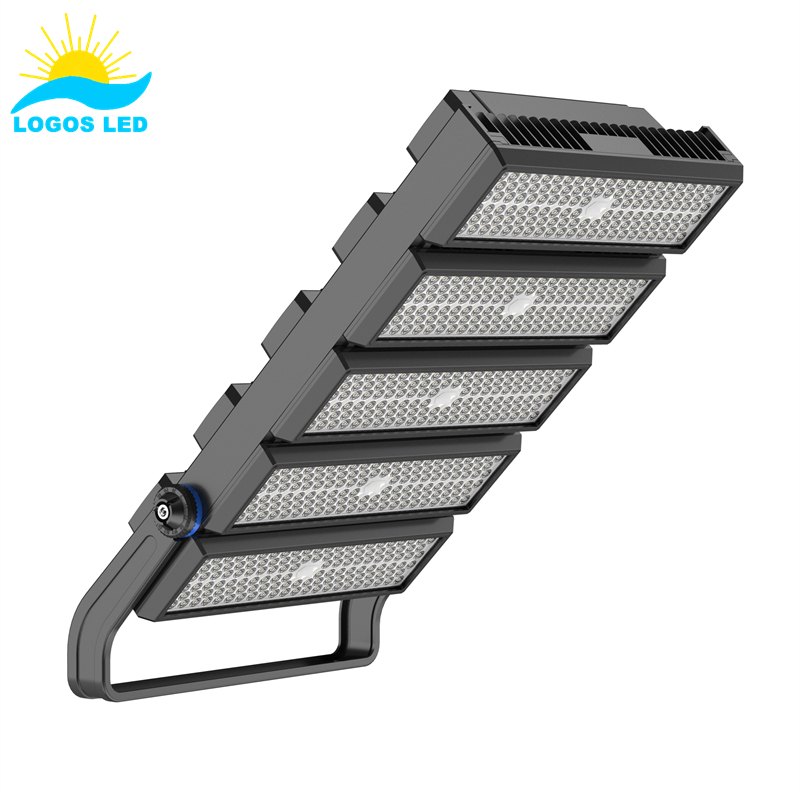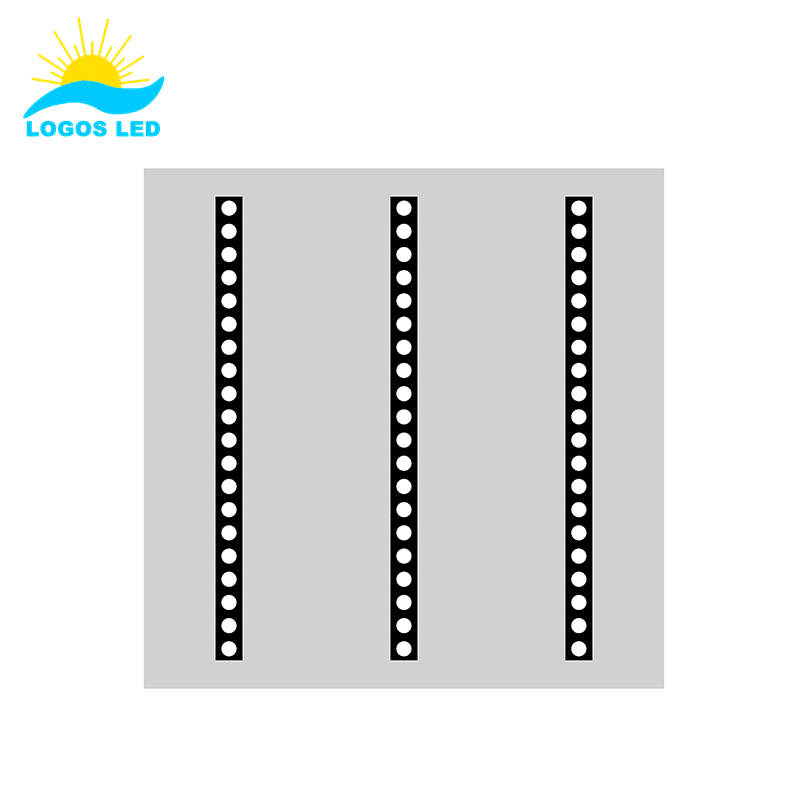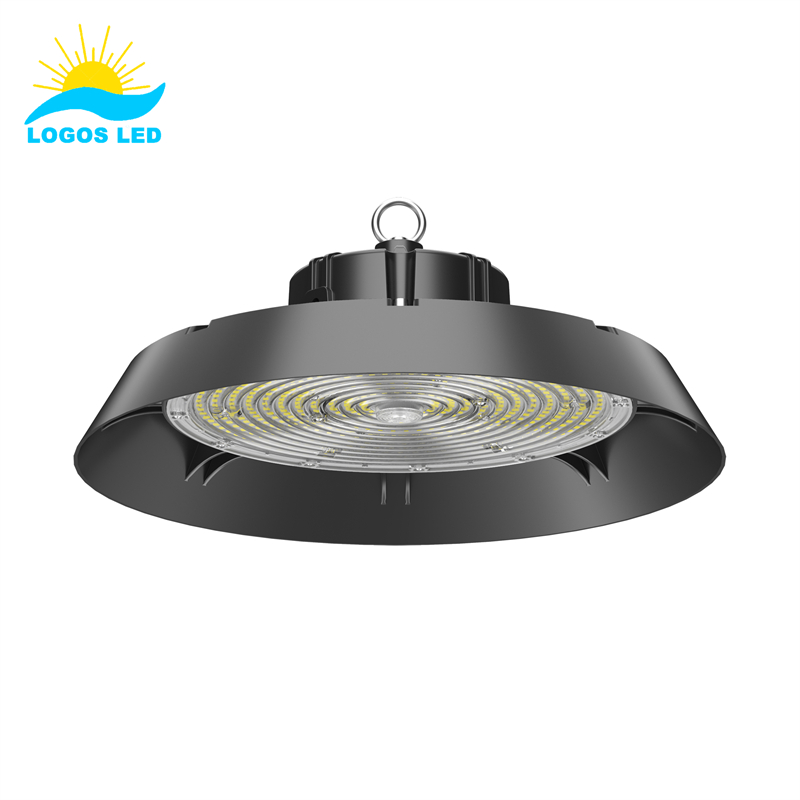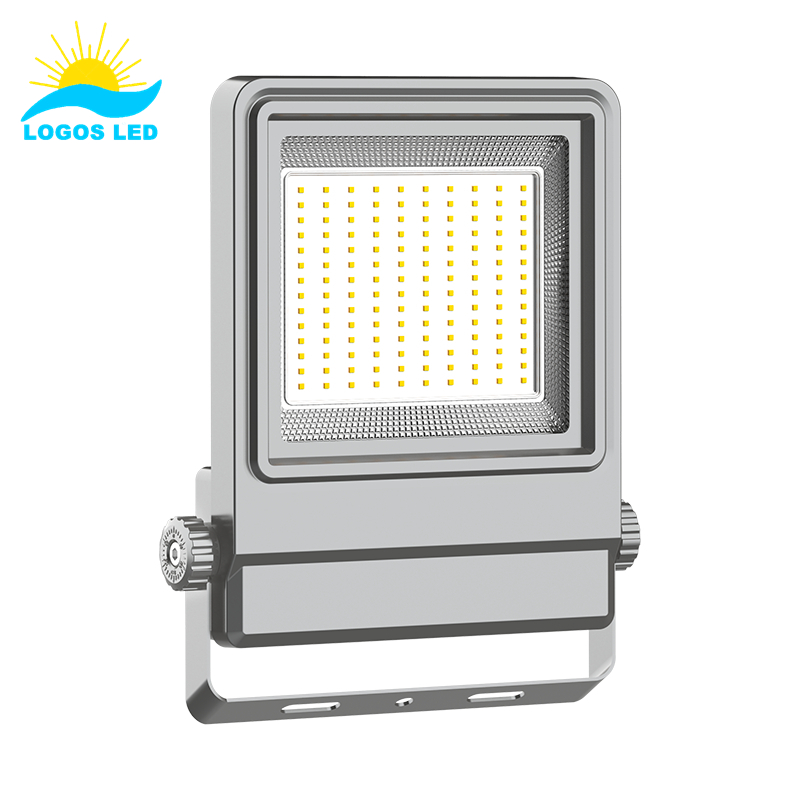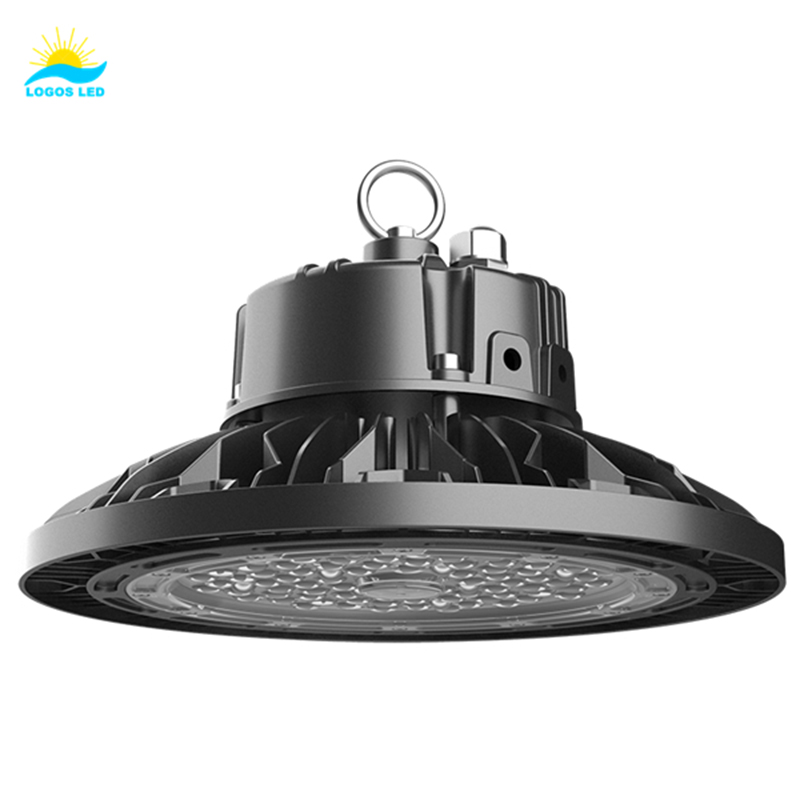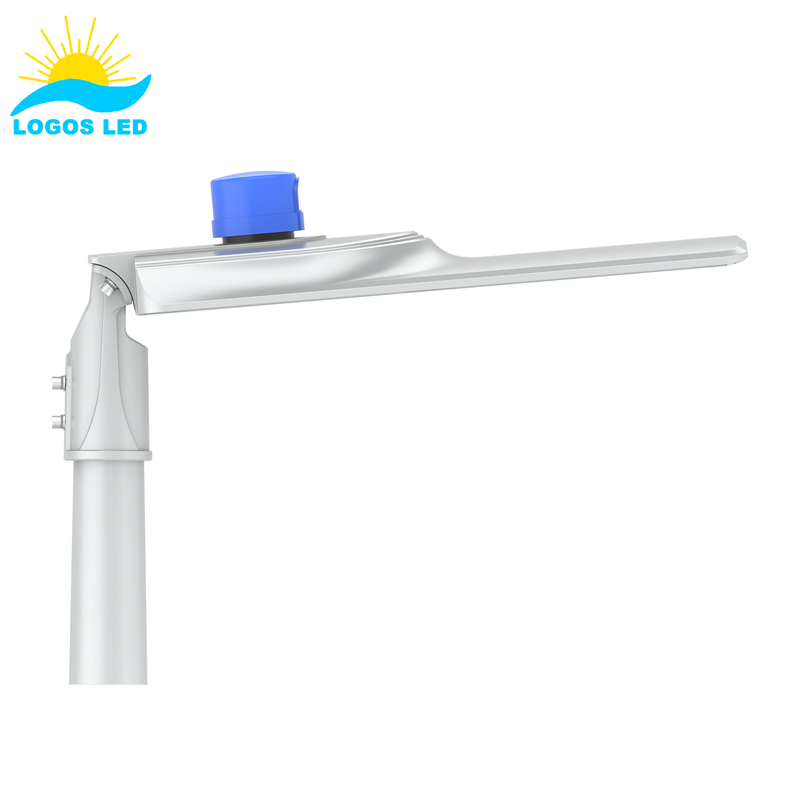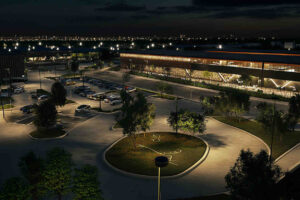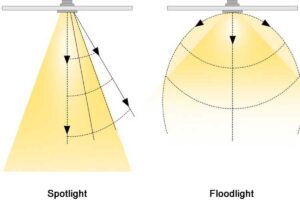Are you unsure about how to pick the right LED light color temperature for your home or office? Choosing the wrong one can make your space feel uncomfortable or just plain off. But don’t worry—understanding how color temperature affects your environment can help you make the right choice and create the perfect vibe for any room. In this guide, I’ll break down everything you need to know to select the ideal LED color temperature for your needs.
Getting the right LED light color temperature is key to creating the perfect atmosphere and functionality for any space. Whether you’re lighting your living room, kitchen, or office, the color temperature plays a big role in setting the mood and boosting productivity. Warm white light is great for cozy settings, while cool white light is better for focused tasks. By considering things like the space’s purpose, the mood you want to create, and your decor, you’ll be able to pick the best LED light color temperature to suit your needs.
Let’s dive into how LED light color temperatures work and how they can impact your daily life.
Table of Contents
How to Choose LED Light Color Temperature
Choosing the right LED light color temperature is essential for creating the right ambiance and making sure a space is functional. The color temperature you choose affects how you feel in a room, how productive you are, and even how comfortable you are. But how do you decide which one is right? Here are a few tips to help you make the best choice.
1. Understand the Basics of Color Temperature
Color temperature is measured in Kelvin (K) and tells you whether the light is warm, neutral, or cool. Here’s a quick breakdown of common ranges:
- Warm White (2,700K to 3,500K): Soft, yellowish light, similar to incandescent bulbs.
- Neutral White (3,500K to 4,500K): A balanced white light—neither too yellow nor too blue.
- Cool White (4,500K to 6,500K): Bright, bluish-white light that’s like daylight.
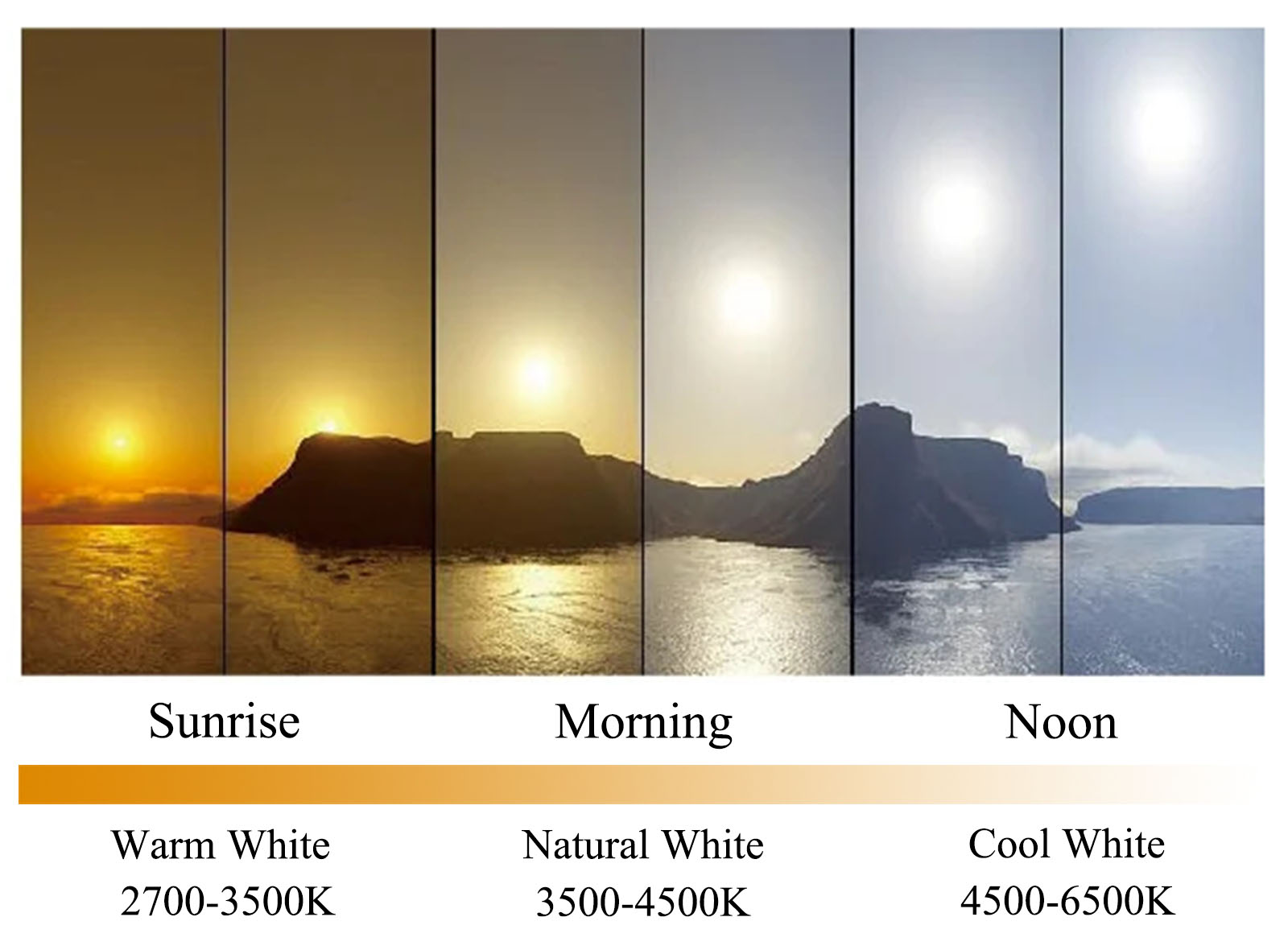
Light Color Temperature
Knowing these basics helps you understand the effect each temperature has on the space you’re lighting.
2. Think About the Space’s Purpose
The first thing to consider when choosing an LED light color temperature is what the space is used for. Different areas need different lighting temperatures to function at their best.
- Living Rooms and Bedrooms: Opt for warm white light (2,700K–3,000K) to create a cozy, relaxing atmosphere. This type of light helps you unwind and is perfect for winding down at the end of the day.
- Kitchens and Bathrooms: Go for neutral white light (3,000K–4,100K). This gives you clear, bright lighting—ideal for tasks like cooking and cleaning. It has a fresh, natural feel.
- Offices or Workspaces: Cool white light (4,100K–5,000K) is best for areas where focus is key. The bluish tone helps you stay alert and boosts productivity, making it great for offices, reading areas, or study rooms.
- Retail and Commercial Spaces: Cool white or daylight (5,000K–6,500K) is ideal, especially for stores, warehouses, or factories. Bright light helps customers clearly see products and ensures high visibility for workers.
3. Consider the Mood You Want to Create
The color temperature of your lights has a huge impact on the mood of the space. Warm light is soothing and inviting, while cooler light tends to be more energizing and stimulating. Think about the vibe you want:
- Warm lighting is great for creating an intimate, relaxing atmosphere. It’s perfect for places like bedrooms, lounges, or living rooms where you unwind.
- Cool lighting makes spaces feel more vibrant and modern. It’s ideal for kitchens, workspaces, and places where you need bright, focused light to stay alert and productive.
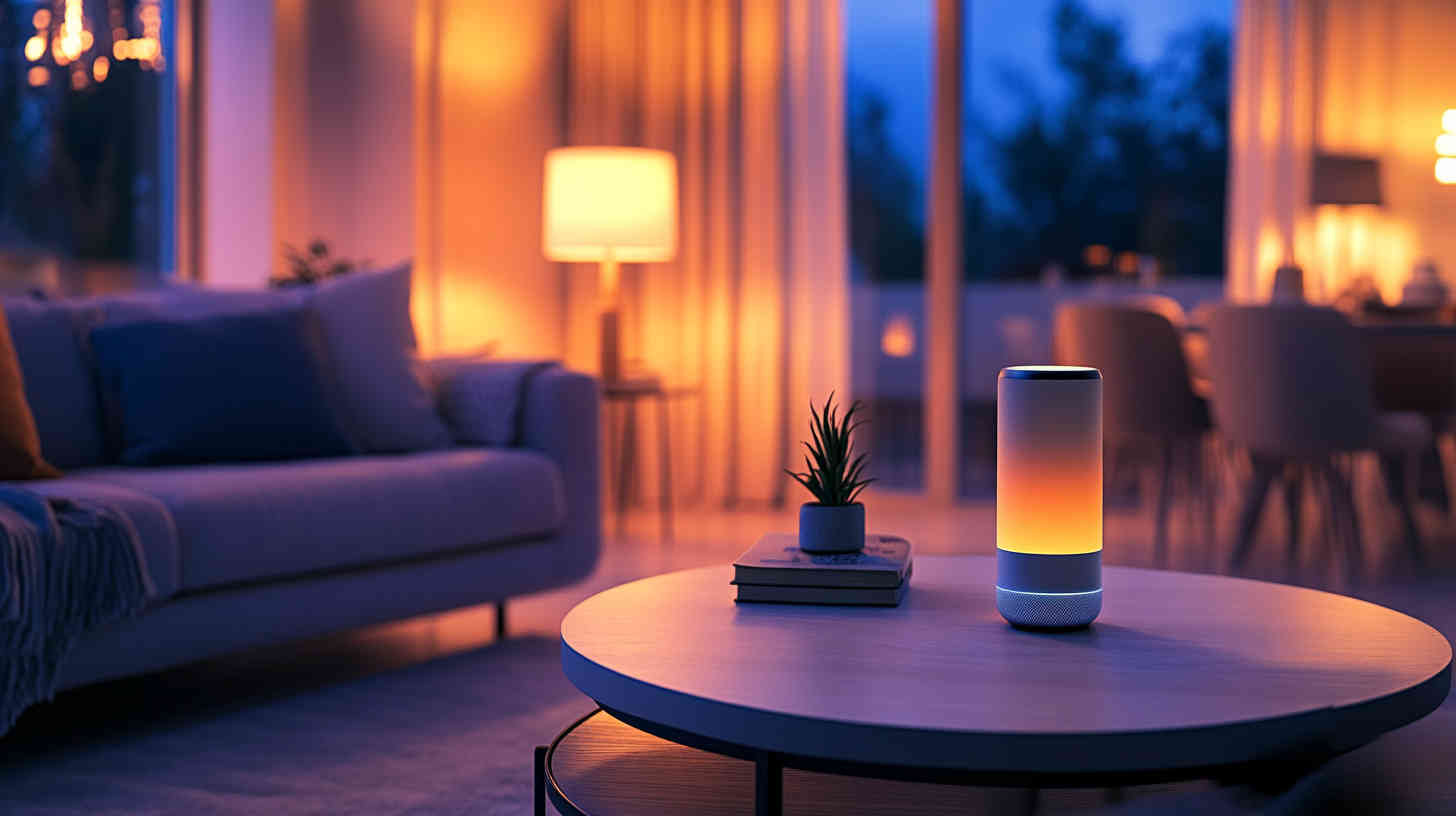
4. Match Lighting with Your Decor
The light temperature should complement your interior design. If your space has warm wood tones, soft furniture, or earthy colors, warm white light (2,700K–3,000K) will blend in well. For more modern or minimalist designs, neutral or cool white light can enhance the contemporary look.
5. Think About the Time of Day
The time of day and the amount of natural light you get can also affect your choice. In areas with lots of natural light, you may want to pick a light that balances with the daylight:
- Daylight bulbs (5,000K–6,500K) mimic the natural daylight spectrum and are great for spaces like home offices or kitchens, especially if you don’t get much natural light.
- In the evening, when you want to relax, warm white light creates a more calming environment.
6. Pay Attention to the Color Rendering Index (CRI)
Besides color temperature, the Color Rendering Index (CRI) measures how accurately a light source shows colors. A high CRI value (above 80) is ideal for spaces like kitchens, bathrooms, and work areas, where accurate color representation is important. For more relaxed spaces, CRI is less of a concern.

7. Test Different Temperatures
If you’re still not sure about which color temperature is right for you, try a few different options before you make your final choice. LED bulbs aren’t expensive, and you can easily swap them out to see which one feels best in your space.
Choosing the right LED light color temperature is a mix of personal taste and practical needs. You want to think about what each space is used for, the mood you want, and how the light complements your decor. By considering all of these factors, you’ll be able to pick the perfect color temperature to create a comfortable, functional, and stylish lighting environment in your home or office.
Is 4000K or 5000K better for a kitchen?
When choosing LED lights for your kitchen, you want something that’s bright enough for cooking, but still feels comfortable. Both 4000K and 5000K are great, but they’re suited for different needs.
- 4000K gives a neutral white light, creating a balanced, pleasant atmosphere. It’s perfect for tasks like chopping, cleaning, and prepping meals without straining your eyes. It mimics daylight closely, offering a calm and comfortable environment for general kitchen use.
- 5000K is brighter and more intense, giving a crisp, clear look. It’s more like the daylight you see outside, making it ideal for tasks that require fine detail, like precise chopping or intricate cooking.
In short, 4000K is great for a functional and cozy kitchen, while 5000K is better for those who need a brighter, cooler light for detailed tasks.
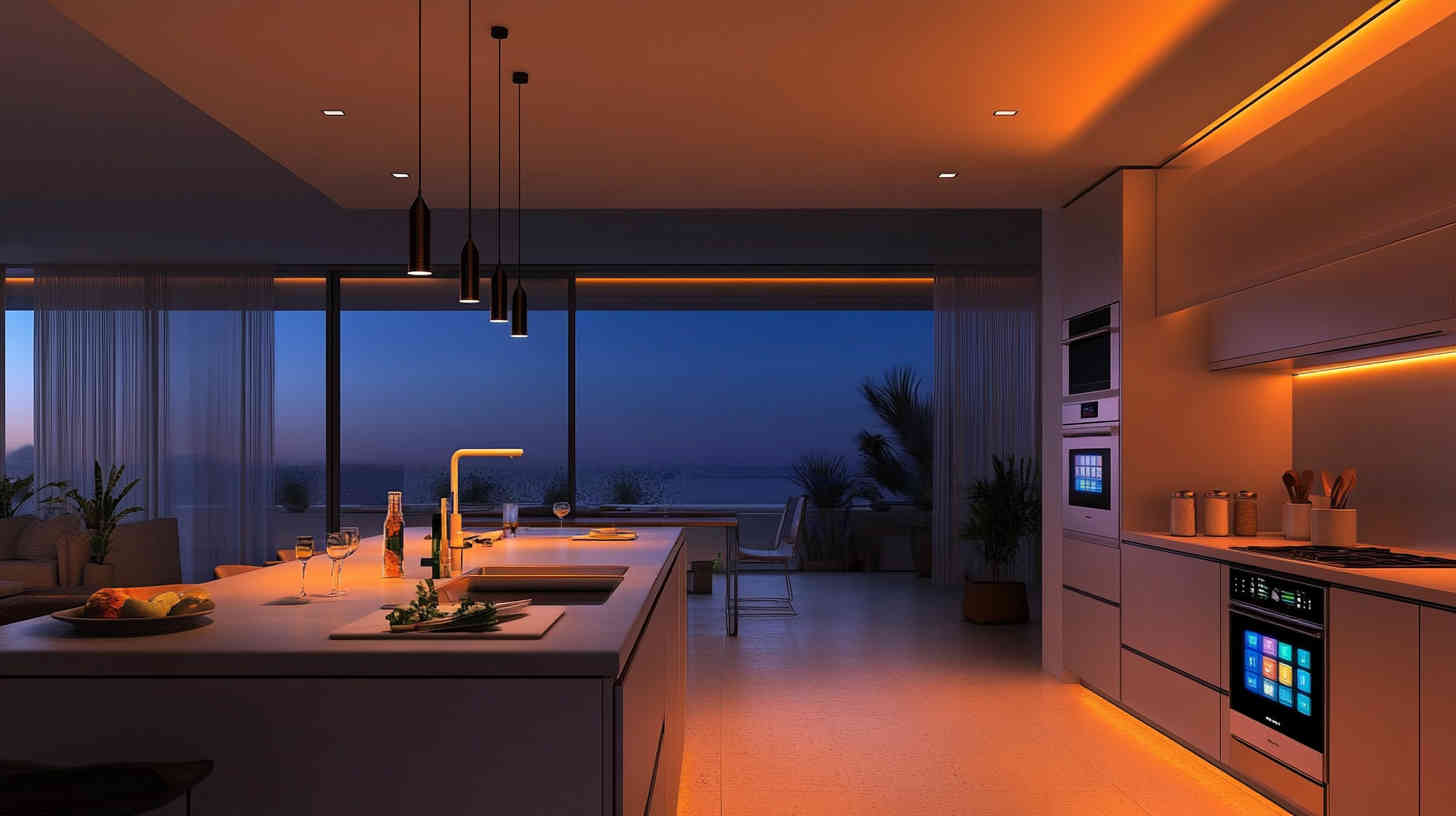
Is 5000K or 6000K better for a garage?
When choosing LED lights for your garage, you’ll want something that helps you see clearly, whether you’re working on a car, doing repairs, or organizing your tools. Both 5000K and 6000K are used in garages, but here’s how they compare.
- 5000K is a cool white light that provides clear visibility, helping you work on projects or repairs with ease. It offers high contrast and reduces shadows, which is perfect for garage work.
- 6000K has a cooler, bluish tone. While still bright, it can feel a little harsh, creating a sterile atmosphere that some may find uncomfortable in personal spaces.
For most garage tasks, 5000K is the best choice, giving you a good balance of brightness and comfort without feeling too cold or intense.
Which is brighter, 3000K or 6000K?
While 3000K and 6000K are quite different in color, their actual brightness isn’t determined by the color temperature alone. The brightness of LED lights is measured in lumens, not Kelvin.
- 3000K gives off a soft, warm light, making it great for relaxing areas like bedrooms or living rooms. While it’s not as bright as 6000K, it’s still effective in those spaces.
- 6000K gives off a cooler, more intense light. It feels brighter because of its sharper, more vivid tone, but the actual lumens can be similar to 3000K.
So, while 6000K might feel brighter due to its cooler tone, 3000K can be just as bright when measured in lumens.

3000K vs 6000K
Is 6000K too bright for a living room?
If you’re looking for a comfortable, relaxing space, 6000K can be a little too bright for a living room. Its cooler, bluish light can make the room feel sterile and unwelcoming.
- For a cozy living room, it’s better to go with a warmer light, like 3000K or 4000K. These provide a soft, warm glow that promotes relaxation.
- 6000K can be good for specific tasks like reading or detailed work, but for general ambiance, it’s better suited to kitchens or offices.
Overall, 6000K can be too intense for a living room if you’re after a warm, inviting feel. Stick with lower temperatures for a more relaxed vibe.
Is 3000K too yellow for a kitchen?
3000K is considered a warm white light, and while it’s on the yellow side, it’s not necessarily too yellow for a kitchen. In fact, it creates a cozy and inviting atmosphere.
- If your kitchen is more of a casual space for family gatherings or informal meals, 3000K can work well. It’s easy on the eyes and makes the space feel warm and welcoming.
- However, if your kitchen is used for more intense tasks that require high visibility, 3000K might not be bright enough. In that case, 4000K or 5000K would give you better clarity without feeling too cold.
While 3000K might feel too yellow for tasks that require precision, it’s perfectly fine for creating a comfortable, cozy kitchen environment.
Does 6000K look blue?
Yes, 6000K does have a bluish tint. The higher the color temperature, the more blue the light becomes. 6000K is often called “daylight” light because it resembles natural midday sunlight.
- The bluish hue of 6000K can make some spaces feel too bright and sterile, which is why it’s often avoided in spaces where comfort and warmth are more important, like living rooms or bedrooms.
- However, 6000K works great in areas where you need sharp visibility, like kitchens, workspaces, or garages.
So, yes, 6000K does have a blue tint and can give off a cold, clinical feel in some environments.
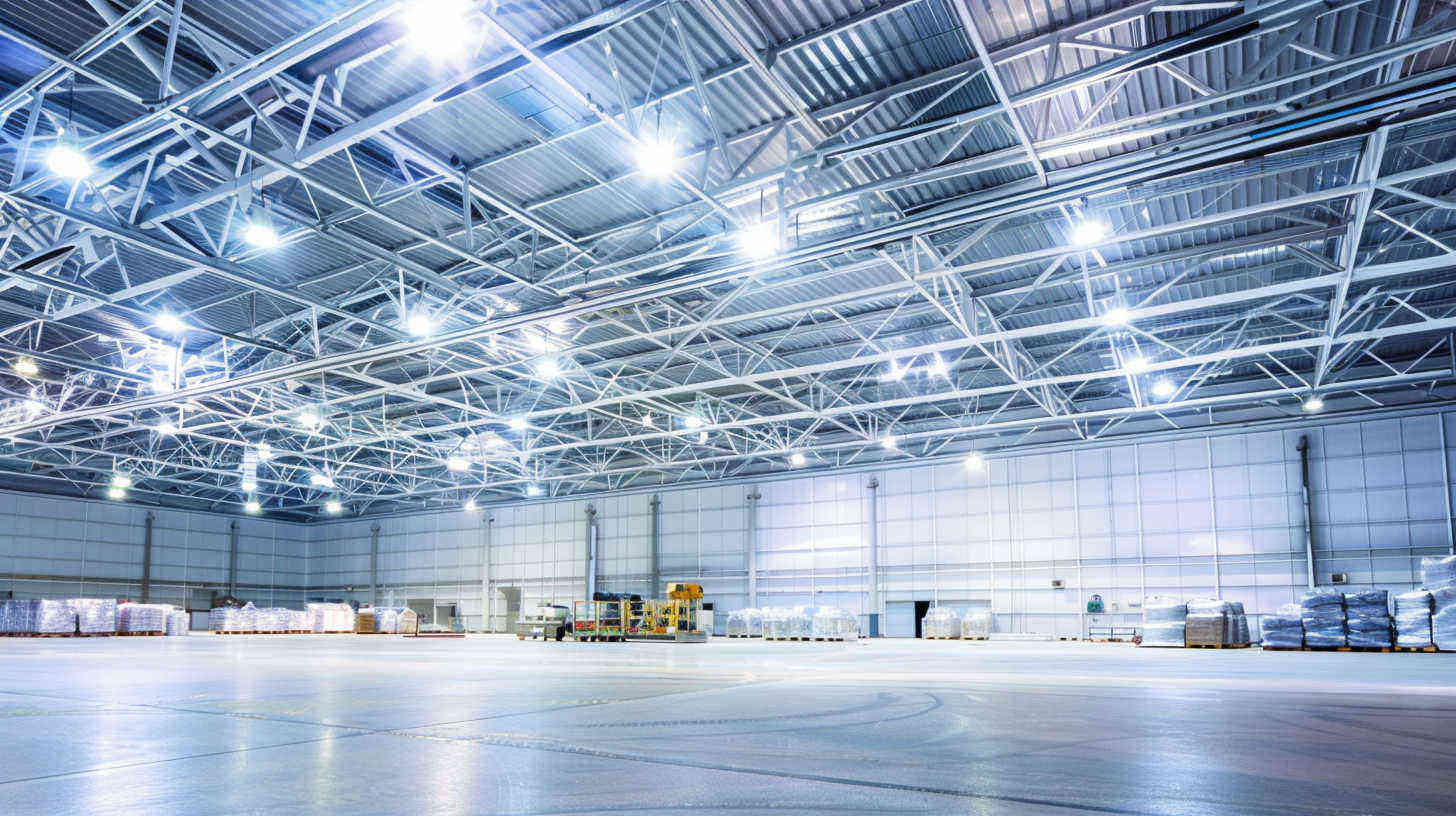
What LED light color makes your room warm?
If you want to create a warm and cozy atmosphere, go for a low color temperature LED light, around 3000K or lower. These lights produce a soft, yellowish glow that feels like traditional incandescent bulbs.
- 3000K creates a comforting vibe, perfect for living rooms, bedrooms, and dining areas.
- For an even warmer, more intimate atmosphere, you can go lower to 2700K, which gives off a candle-like light that promotes relaxation.
To make your room feel warm and inviting, 3000K or 2700K is the way to go.
What is the best LED light color for a bedroom?
For the bedroom, you want a light color that helps you relax and sleep. The best option is usually a warm white light, like 2700K to 3000K.
- These warmer tones offer a soft, amber-like glow that helps your body unwind after a long day. They’re gentle on your eyes and won’t interfere with your sleep cycle.
- If you need brighter lighting for reading or tasks, 4000K works well, but be careful—too much blue light in the evening can mess with your sleep patterns.
For a bedroom, 3000K is the ideal choice for a soothing, restful environment.
Does higher K mean brighter?
Higher Kelvin (K) does not make the light brighter. Brightness is measured in lumens, while the color temperature (K) refers to the light’s tone. A higher K means a cooler, more blue light, but it doesn’t equate to more brightness.
- 6000K will seem brighter and sharper than 3000K, but they can both produce similar lumens.
- Lumens determine how much light is emitted, while Kelvin affects the color or warmth of the light.
In short, higher K doesn’t mean brighter, but it does change how the light feels in your space.
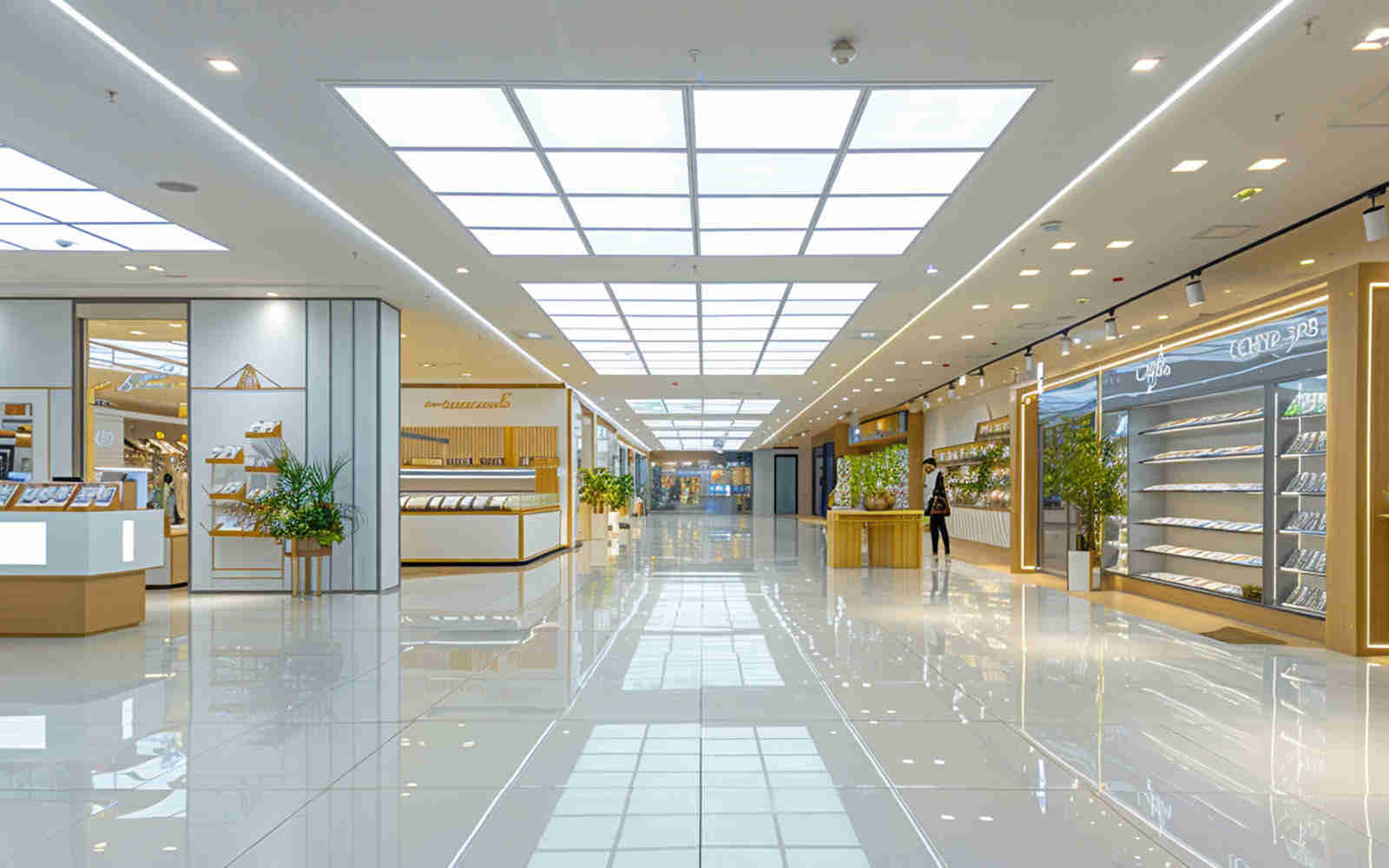
Conclusion
Choosing the right LED light color temperature is essential for creating the perfect mood in your space. Whether you need a cozy, warm glow for your bedroom or bright, clear light for your kitchen, understanding how color temperature impacts your room will help you make the right decision. By considering things like the tasks you’ll be doing and the atmosphere you want, you can ensure your space feels just right.
If you need help with choosing the right color temperature or have any questions, don’t hesitate to reach out to us. Our lighting experts are always ready to assist you.
Request A Free Quote Now!
Send us a message if you have any questions or request a quote. We will get back to you ASAP!



